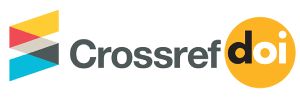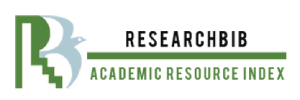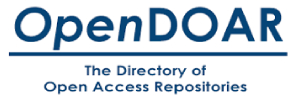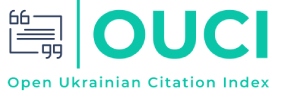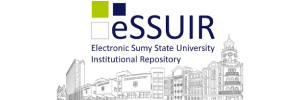Поточний випуск
Опубліковані наукові дослідження спрямовані на аналіз нових викликів і компетентностей, необхідних журналістам для якісного висвітлення війни; осмислення феномену наративу як засадничого інструмента деконструкції колоніальних історій; вивчення ядерної риторики кремлівських пропагандистів; дотримання етичних норм при роботі з травмувальними подіями; впливу медичних блогів на формування культури здоров’я населення. Також розглянуто елементи комунікативної специфіки реклами, тематику гонзо-журналістики українських авторів, соціальні медіа як платформу інтерактивної журналістики, практики онлайн-медіа щодо промоції українськомовної книги, напрями репрезентації кінодискурсу, інтеграцію медіа у соціальні мережі та потенціал теорії медіатексту у викладанні журналістики, інші важливі питання. Видання адресоване викладачам, науковцям, здобувачам освіти й фахівцям комунікаційної сфери.
Оголошення - головна
Тематичні розділи поточного випуску
Образ; Гендерні змісти; Соціокомунікаційне середовище: теорія та історія; Журналістика в системі соціокомунікаційної діяльності; Видавнича справа та редагування: функціональні трансформації; Прикладні комунікаційні технології у системі соціальної діяльності; Інформатизація та ...
Детальніше...
Подання статей
Журнал видається 3 рази на рік. До друку приймаються оригінальні наукові праці українською, англійською, німецькою, польською, французькою мовами. Термін подання: до 15 лютого, 2 липня, 4 жовтня. Тексти надсилати на e-mail: obraz@journ.sumdu.edu.ua.
Детальніше...
ІНДЕКСАЦІЯ
Детальніше...


